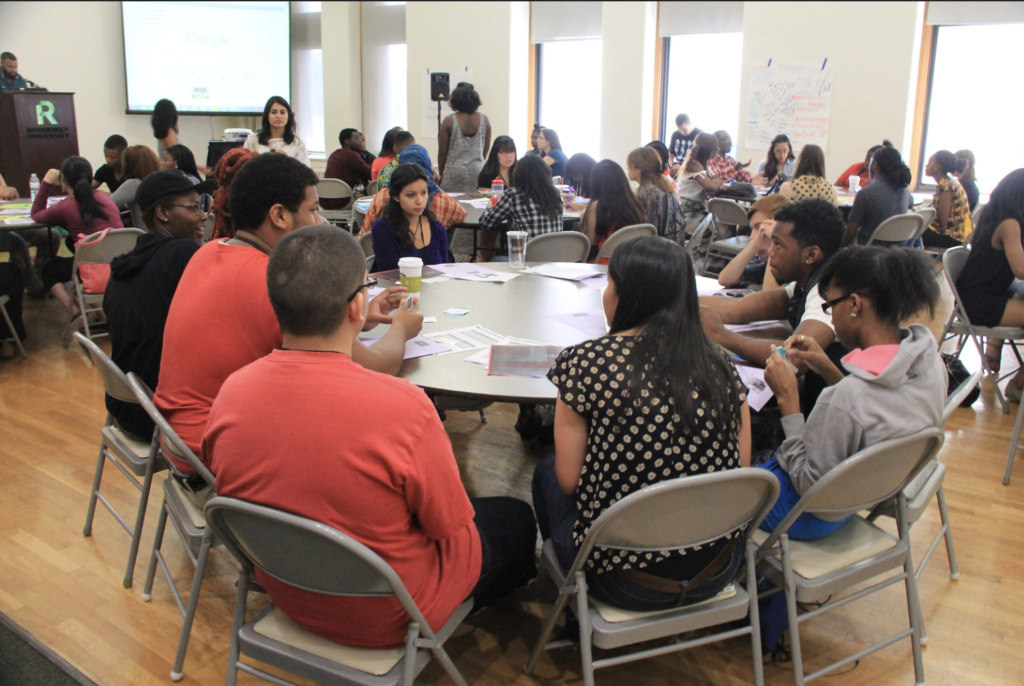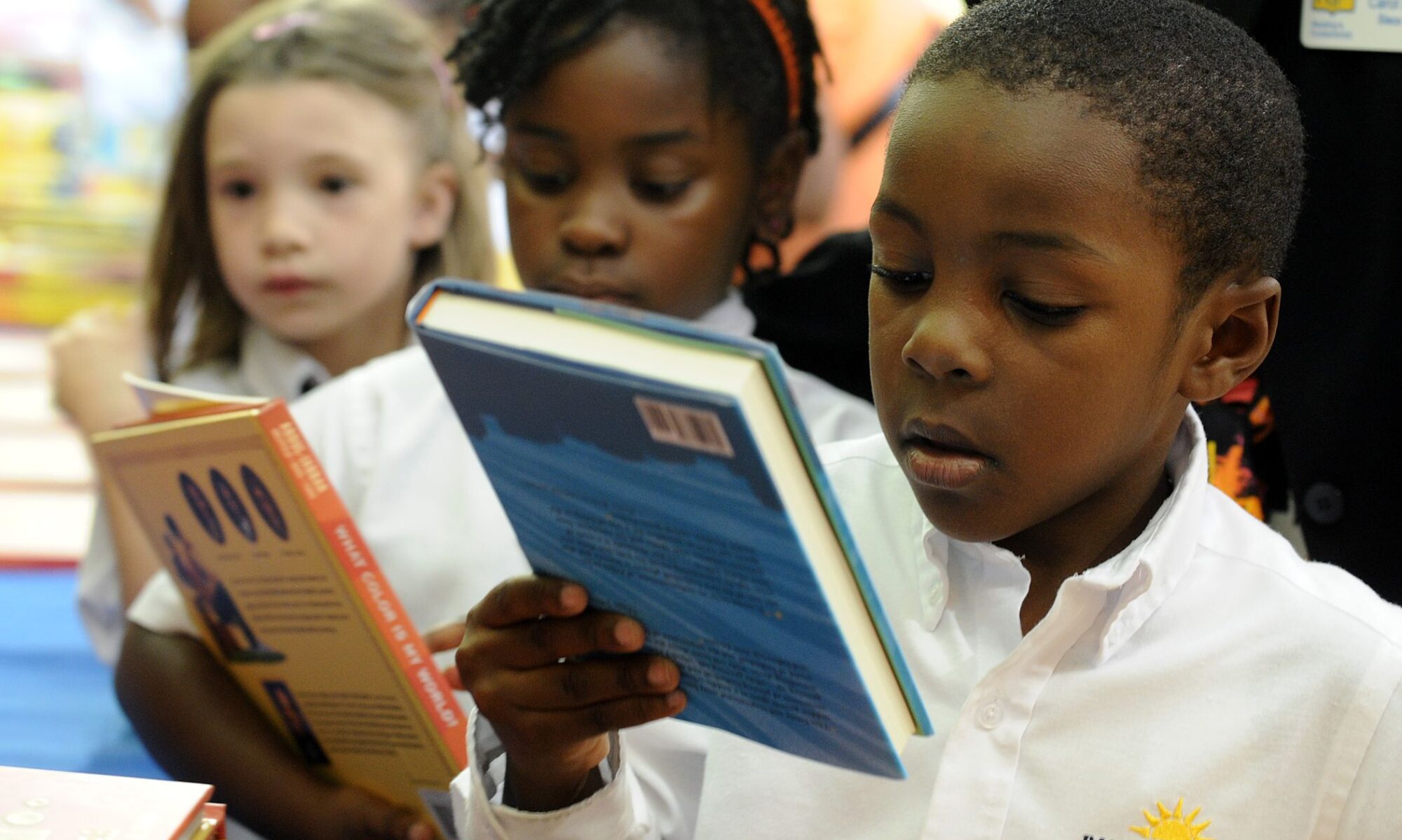Indigenous Peoples’ Day Activities
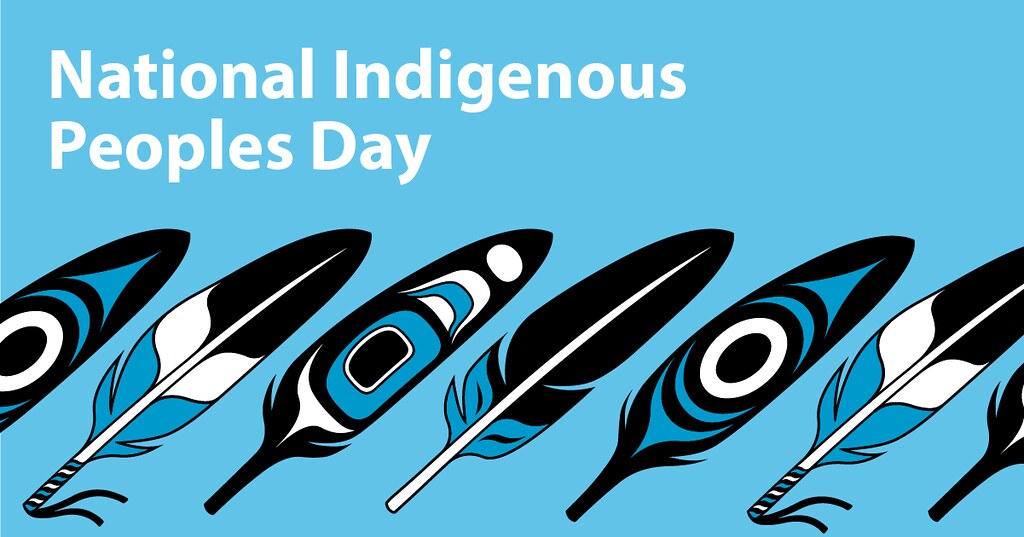
Table of Contents
Land Acknowledgment Discussion/ Exploration
Local Indigenous Keynote Speaker
Show an Episode of Molly of Denali
Read From a Book Written by an Indigenous Author
Listen to Greetings from Indigenous Language Speakers from Across the World
Share an Example of Indigenous Activism
Watch a Ted Talk about Indigenous History through Photos
Watch a documentary on restorative justice movements in Indigenous communities
Land Acknowledgement Discussion/ Exploration
Age: Grades K-12*
Objective: To understand and explore the Indigenous peoples who once lived on the lands that students now occupy.
Directions: Depending on the age and maturity of the students, either project a land map of the Indigenous land you are on or have them investigate for themselves here. Furthermore, if students are searching, they are able to see the original land owner of other significant locations to them e.g. grandparent’s house, vacation home, etc.

Source: https://www.rebekahgienapp.com/indigenous-peoples-day/
Local Indigenous Keynote Speaker
Age: K-12
Objective: Centering the voices of Indigenous people is the cornerstone of culturally appropriate learning on these matters, and there is no better way to do so than to hear directly from them. Students can hear a presentation from a local leader via lecture or interactive presentation to gain a better understanding of the historical and modern cultures, perspectives, and practices of Indigenous people.
Directions: Contact local indigenous leaders and community members to see if they are willing to give a speech.
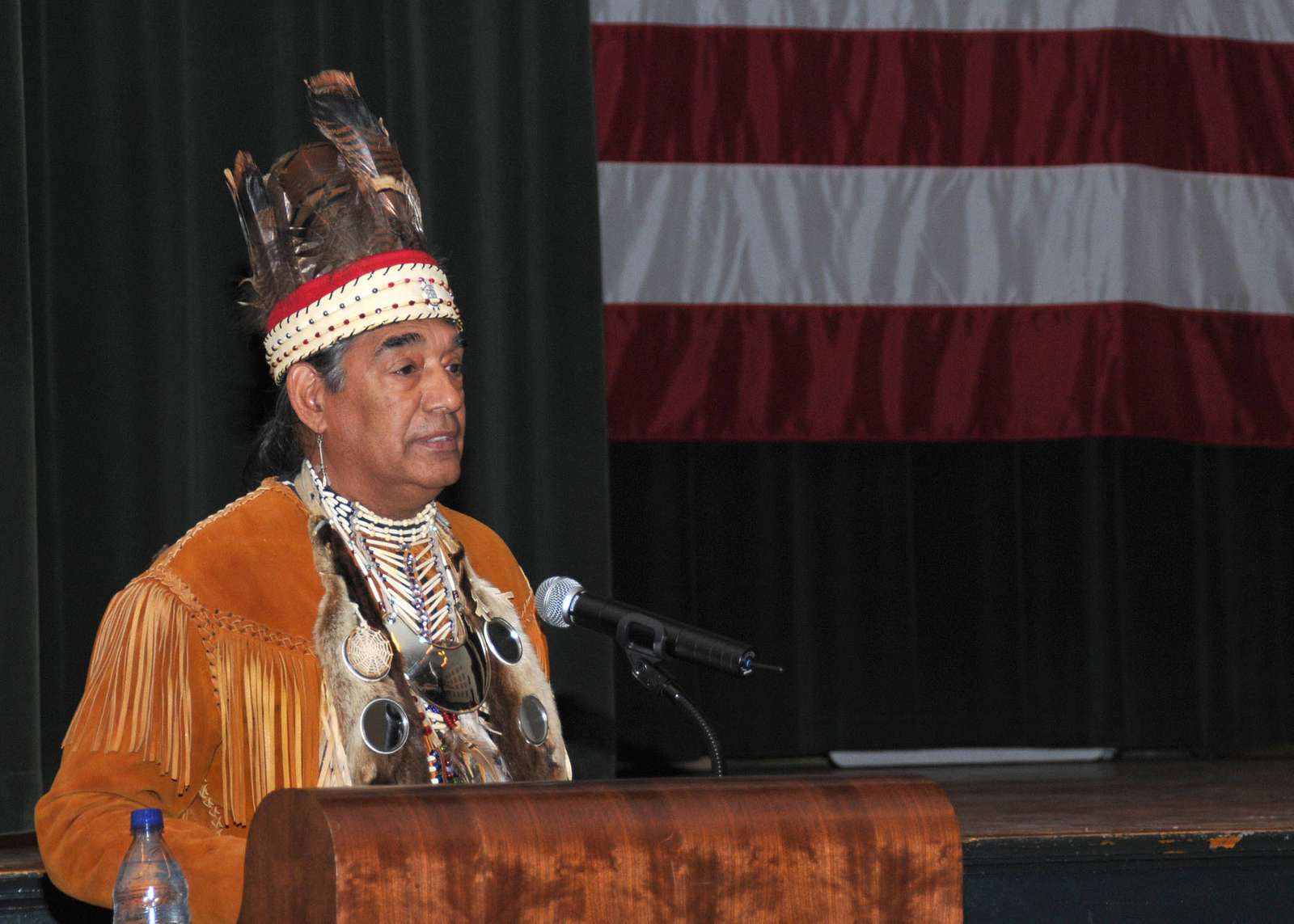
Source: https://www.rebekahgienapp.com/indigenous-peoples-day/
Show an Episode of Molly Of Denali
Age: K-5
Objective: To teach younger kids about Indigenous culture by showing a television program catered to their interests and proclivities. The program’s protagonist, Molly, goes about her life in fun adventures while also revealing Native Alaskan culture and history are a crucial part of her life.
Directions: Show an episode of Molly of Denali found on PBS.
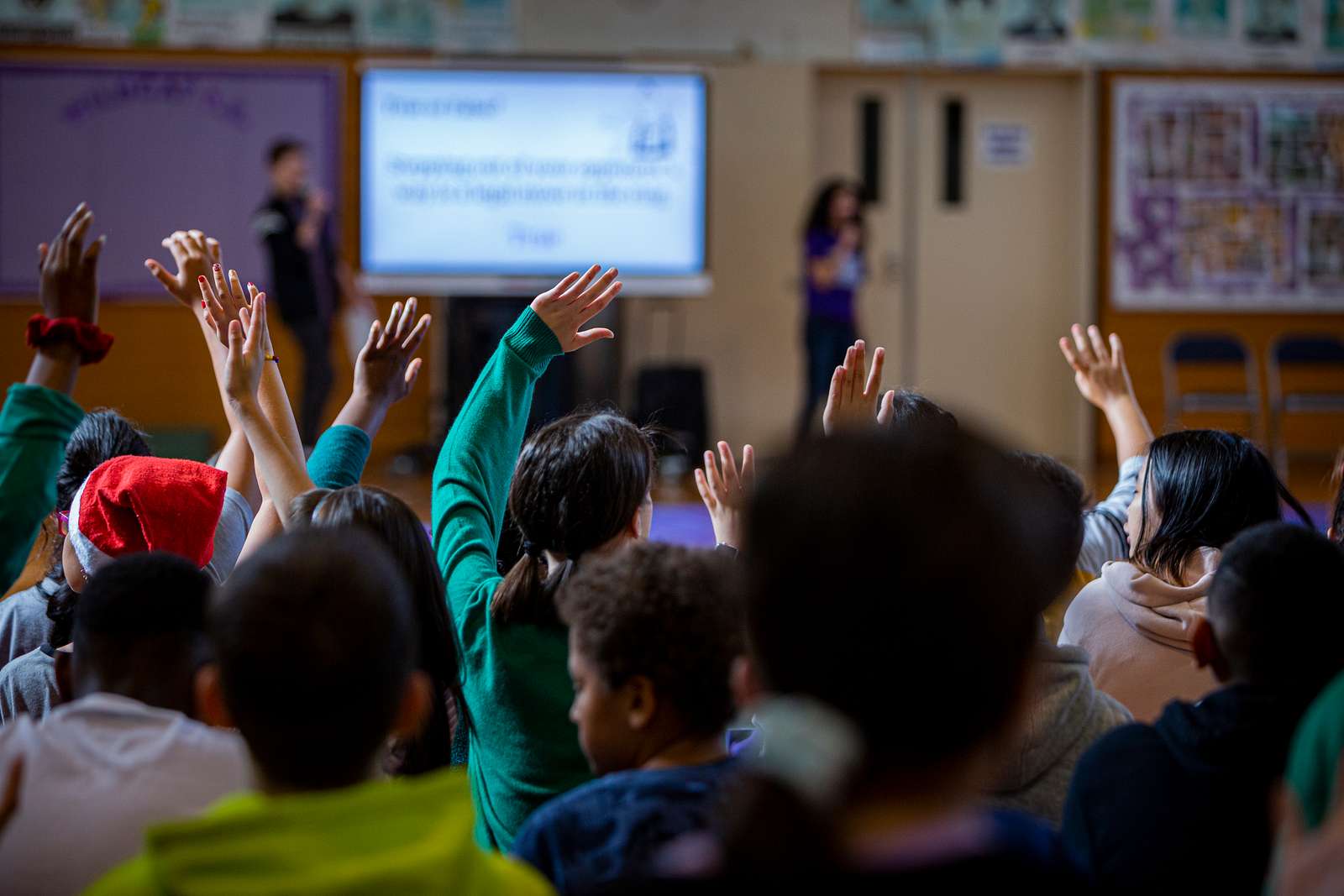
Source: https://www.rebekahgienapp.com/indigenous-peoples-day/
Read From A Book Written by an Indigenous Author
Age: K-5
Objective: Anther manner of centering the voices of Indigenous peoples by hearing from them directly is to read what they have written. Reading to students allows them to learn in a personal and engaging manner.
Directions: Read a book by an Indigenous author to your students. Some notable titles include Fry Bread by Kevin Maillard and Juana Martinez-Neal, We Are Grateful: Ostaliheliga by Traci Sorrell and Frane Lessac, and You Hold Me Up by Monique Gray and Danielle Daniel.
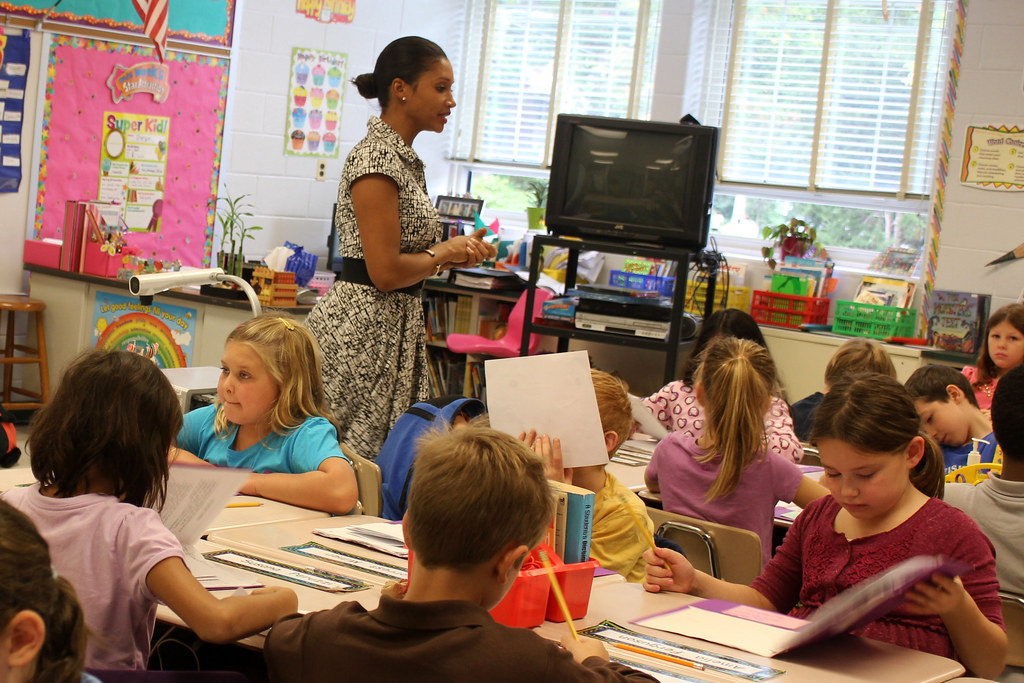
Source: https://bookriot.com/indigenous-and-native-picture-books/
Listen to Greetings from Indigenous Language Speakers from Across the World
Age: K-12
Objective: By the end of the 21st century, approximately 90%-95% of languages will have gone entirely extinct or be in critical danger of extinction. To address this crisis, centering the voices behind these languages can combat their engagement and give them a better chance of survival in an ever-globalizing world.
Directions: By utilizing the Celebrating Indigenous Languages Project, students are able to engage in an interactive electronic atlas where they can listen to greetings recorded by 50 indigenous language speakers and also look at a picture of each language speaker and learn a little bit about what she appreciates about her language.

Source: https://www.rebekahgienapp.com/indigenous-peoples-day/
Share an Example of Indigenous Activism
Age: K-8
Objective: Indigenous peoples are some of the most underserved and marginalized peoples in the world, fighting tooth and nail just for their existence. Through centuries of resistance and activism, they have been able to preserve their people, cultures, and languages, and sharing this with students is a perfect way for them to better understand their place in society and the work it took to get there.
Directions:
For preschool and younger elementary children, you could pick one of the examples of Native American activism from the 1960s to the present, presented by the Zinn Education Project. Upper elementary and middle school-aged kids could look at the entire timeline for themes. They could also dive deep into one of the present-day movements described in this Yes! magazine article, The Spirit of Standing Rock on the Move.

Source: https://www.rebekahgienapp.com/indigenous-peoples-day/
Invite Students to Become Activists by Joining the Campaign to Replace Columbus Day With Indigenous Peoples’ Day
Age: 7-12
Objective: By engaging students in a discussion about replacing Columbus Day with Indigenous Peoples’ Day, dispel harmful myths about Christopher Columbus and teach students about Indigenous activism.
Directions:
- Show this brief video to students about why Indigenous Peoples’ Day is being celebrated instead of Columbus Day.
- Lead a discussion on the importance of Indigenous Peoples’ Day. Use the following questions to guide the conversation:
- Why do you think celebrating Indigenous Peoples’ Day is important?
- What are some potential dangers to celebrating Christopher Columbus?
- Do you think that renaming Columbus Day is important? Are there different Indigenous peoples’ issues we should be focusing on instead?
- What do you think are the best ways for us support Indigenous Peoples in the United States?
- Encourage students create posters to put up around their school or community to share information about Christopher Columbus’ violent history and the importance of supporting Indigenous people. These posters can be created digitally through Canva or using markers, paint, and paper.
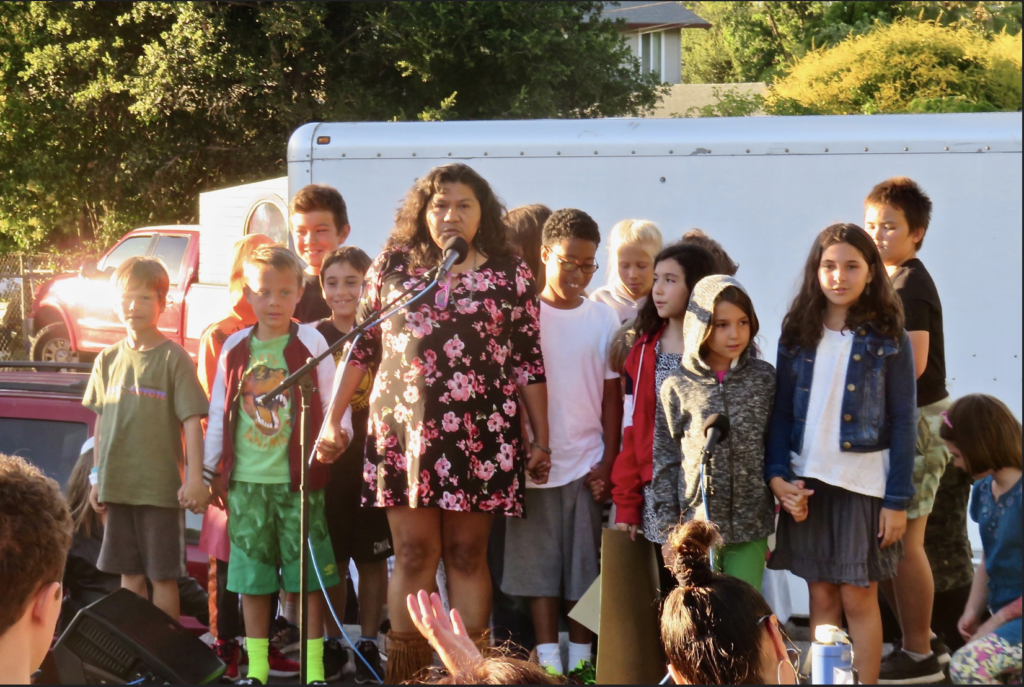
Source: https://www.zinnedproject.org/campaigns/abolish-columbus-day
Watch a Ted Talk about Indigenous History through Photos
Age: Grades 9-12
Objective: Expand students’ understanding of the historical and present-day violence against Indigenous people through an powerful photography and a moving speech
Directions: Play the America’s Native Prisoners of War Ted Talk by Adam Huey for the students. Once the video is over, guide an informal debrief discussion. Possible questions for students include:
- What is your immediate reaction to watching the Ted Talk?
- Did you learn anything from the Ted Talk? If so, what?
- What can we do to support Indigenous communities as people who live on land once occupied by Indigenous people?
- What are your main takeaways from the video?

Source: https://www.ted.com/talks/aaron_huey_america_s_native_prisoners_of_war?language=en
Youth Oral History project
Age: 4th-12th grade
Objective: Teach students about the Indigenous tradition of oral history and encourage students to construct their own oral history.
Directions:
- Tell students that oral histories are true stories about a family or group’s past that are shared through spoken storytelling. Share with students that oral histories and storytelling are central to many Indigenous cultures.
- Encourage students to think of a close friend, mentor, or family member with a story that they want to remember.
- Ask students to compile a list of questions that they want to ask them.
- Then, instruct students to conduct an interview and record it on a tablet, laptop, phone or other device within the coming week
- The following week, ask students to get into pairs and share the stories they collected. If students feel that the interviews are too personal, they can choose to just listen to other students.
- At the end of the activity, ask students:
- Why do you believe that storytelling is important?
- What can we do to ensure that our stories get told?
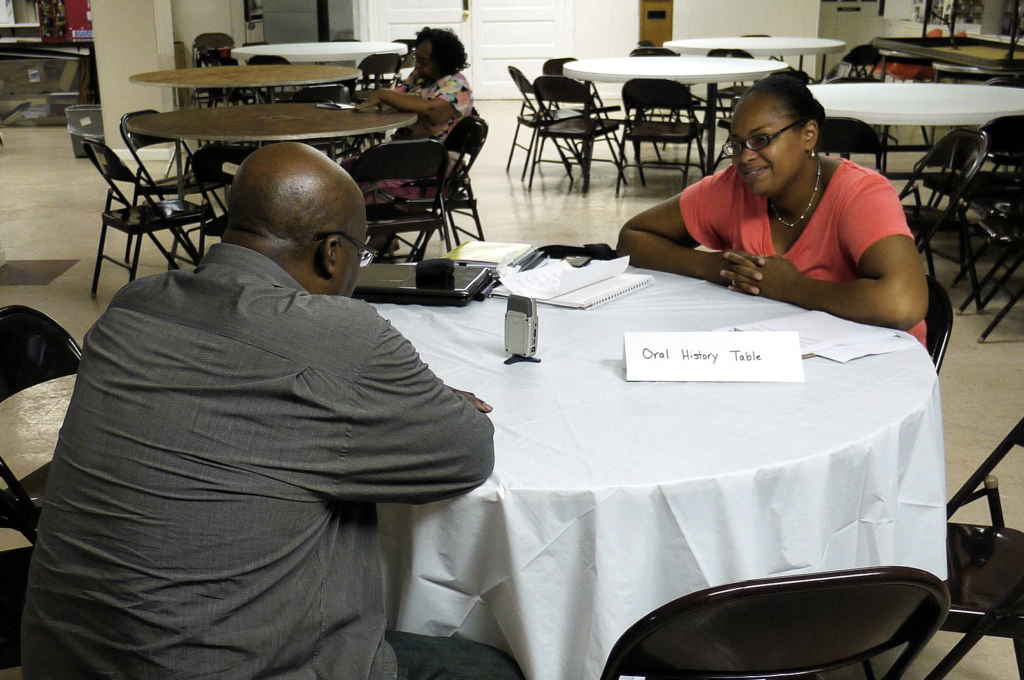
Source: http://www.pbs.org/circleofstories/educators/lesson1.html
Watch a documentary on restorative justice movements in Indigenous communities
Age: Grades 9-12th
Objective: Teach students about Indigenous activism and restorative justice, a practice that is derived from Indigenous justice models.
Directions: State that you are planning to show a documentary on restorative justice responses to domestic violence. Clearly share that anyone who finds this content overwhelming or too much can step out at any time. Play the documentary, Hollow Water, for the students. Once the film is over, guide an informal debrief discussion. Possible questions for students include:
- What are your immediate reactions following the movie?
- Did you learn anything about restorative justice in the movie?
- What do you think about Indigenous alternatives to the criminal justice system?
- What are your main takeaways from this documentary?
- Does anyone need support moving forward?
